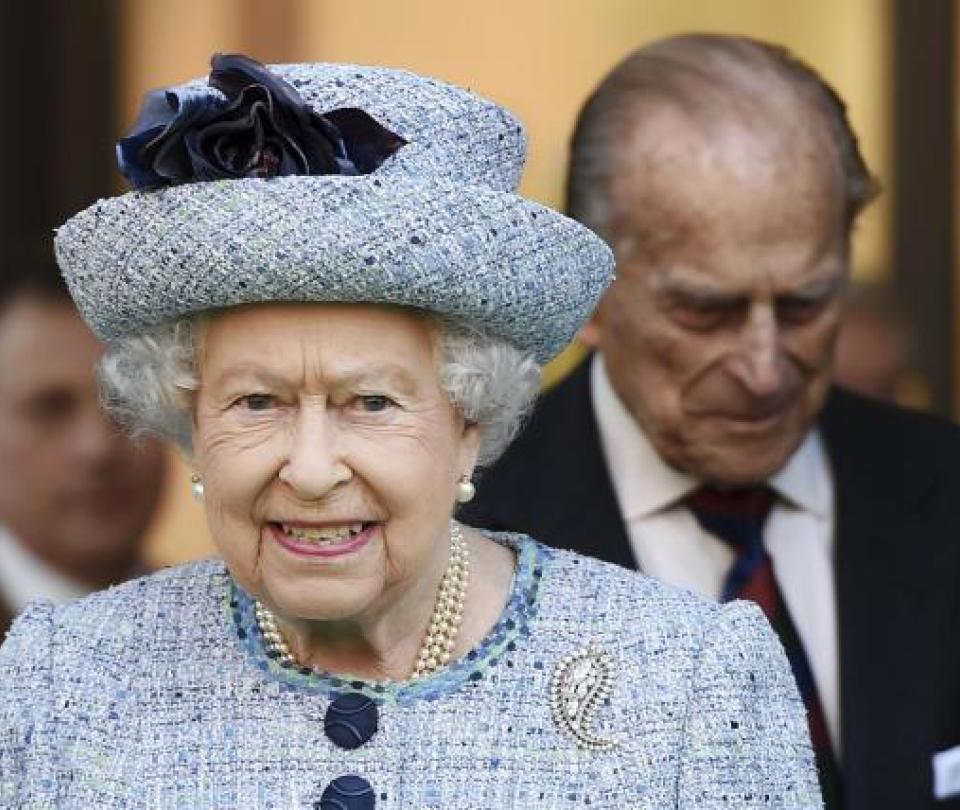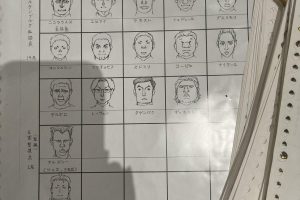Following the death of the hugely popular Queen isabel II, which ended seven decades of reign on the British throne, the next few days until his funeral in Westminster Abbey in London are already precisely planned.
(Read: Who will inherit the fortune and assets of Queen Elizabeth II?).
The course of this historic and emotionally charged moment has been meticulously planned for years and its details are regularly reviewed in the “London Bridge” plan. However, the protocol changes due to the death of the queen in Scotland on Thursday, thus adding the Unicorn operation.
only the new king Charles III it will be able to decide on certain aspects, but this is what is known, according to the experts and the indiscretions of the British press.
The King Carlos III and his wife Camila they must return to London from Balmoral, the Scottish residence where Elizabeth died and where they spent the night. The new monarch is due to hold his first audience with British Prime Minister Liz Truss, whom the late queen asked on Tuesday to form a government.
The sovereign will have to finalize the last details of the funerals, the duration of the mourning for the royal family -which will last up to seven days after the funeral- and the government will confirm how many days the national mourning will last, probably between 12 or 13.
The day of the burial, still to be fixed, will be a holiday. British flags will be lowered to half-staff, bells will toll in London and 96 cannon salutes will be fired in memory of the sovereign, one for each year of her life. The Prime Minister and members of her government must attend a religious ceremony “improvised” in London’s St. Paul’s Cathedral.
(Also: The era of Queen Elizabeth II: from postwar to ‘Brexit’).
Saturday, September 10
A council of high dignitaries meets in the morning at St. James’s Palace in London and proclaims Charles III as the new king. The proclamation is conveyed by the highest figure of the most noble Order of the Garter and half a dozen heralds in carriages who go to read it in Trafalgar Square and the Royal Exchange.
Parliament pledges allegiance and expresses its condolences. The new king receives the prime minister and the main ministers in the afternoon.
Sunday, September 11
The Queen’s coffin is carried to the Palace of Holyroodhouse in Edinburgh, the official residence of the monarchs in Scotland. The devolved administrations of Scotland, Wales and Northern Ireland proclaim the new king.
The coffin should be carried in procession to nearby Saint Giles Cathedral, which would host a religious service with members of the royal family. Condolence session at the Palace of Westminster led by the new king. In the afternoon, Carlos leaves London for a tour of Scotland, Wales and Northern Ireland.
(Also: Carlos III renewed Isabel’s promise of service: this was his speech).
The coffin with the remains of the late queen arrives by plane to London and then to the Buckingham Palace.
Wednesday, September 14
Procession through central London to bring the coffin from Buckingham Palace to Westminster. The remains of the monarch will remain there for four or five days in a purple catafalque in Westminster Hall. Britons will be able to pay their respects 23 hours a day. Thousands of people are expected to arrive.
Possible state funeral at Westminster Abbey with dignitaries from around the world. The royal family should walk behind the coffin. The entire country will come to a standstill for two minutes of silence. Following the ceremony, the queen will be privately buried in St. George’s Chapel at Windsor Castle, 37 kilometers from the abbey, alongside her husband, Prince Philip.
AFP







![[Img #74683]](https://thelatestnews.world/wp-content/uploads/2024/12/The-main-mistakes-to-avoid-when-betting-on-electronic-sports-150x150.jpg)








Add Comment